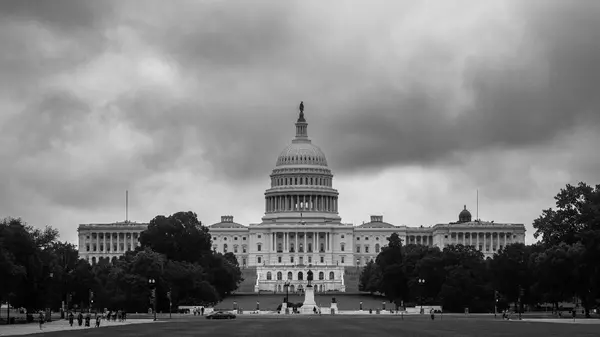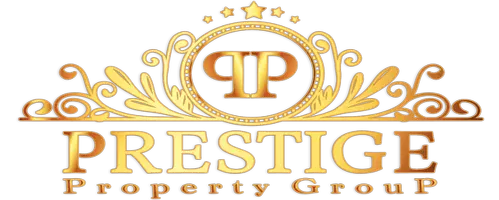West Virginia Is Holding Steady in Affordability and Homebuilding: Can Gov. Patrick Morrisey Build More for the Future?
West Virginia’s housing market remains one of the most affordable in the nation, but new construction continues to lag far behind national trends.
The Realtor.com® State-by-State Housing Report Card gave the Mountain State a C, reflecting a balance between low prices and slow growth. The report—part of the Let America Build campaign—grades each state on how well it maintains affordability while adding new homes.
President Donald Trump recently put pressure on homebuilders to increase construction nationwide, given the issues with construction in the country. In a post on his Truth Social platform in early October, he accused major builders of hoarding lots to prop up prices—likening them to OPEC, which restricts oil output to maintain high prices.
“They’re my friends ... but now, they can get Financing, and they have to start building Homes. They’re sitting on 2 Million empty lots, A RECORD,” Trump wrote. He urged Fannie Mae and Freddie Mac to intervene and “get Big Homebuilders going” to “restore the American Dream.”
West Virginia’s results show a market that’s stable today but needs more investment to attract future growth.
West Virginia’s “C” grade explained
Realtor.com’s analysis gave West Virginia a total score of 54.7, landing it in the middle of the national rankings. The state’s median listing price was $240,954 in 2024—one of the lowest in the country—paired with a median household income of $58,432.
But construction activity tells a different story. West Virginia accounted for just 0.3% of all U.S. housing permits last year, while making up roughly 0.5% of the population—a permit-to-population ratio of 0.6, well below the national average.
The new construction premium—the difference between new and existing home prices—was 62.7%, indicating that most new builds are priced at the higher end of the market.
The South’s construction boom leaves West Virginia behind
Nationally, new construction is playing a growing role in keeping housing prices in check. According to the Realtor.com New Construction Insights report, the median new-home price held at $450,797, while resale prices rose 2.4%. That narrowed the national new construction premium to 7.8%—the lowest in the dataset’s history.
The South leads the nation in building activity, with states like North Carolina, Georgia, and Florida seeing strong permitting and supply growth. But West Virginia has yet to join that momentum. High construction costs, limited infrastructure, and a small builder workforce have slowed progress, particularly in rural areas.
In West Virginia, builders remain concentrated around metro areas like Charleston and Morgantown, while many rural communities rely on older, existing housing stock.
But again, the pinch is being felt all over.
“America is short more than 4.7 million homes, and every new home built helps close that gap while fueling local economies," says Shannon McGahn, executive vice president and chief advocacy officer at the National Association of Realtors®.
"NAR research shows that the U.S. has faced a persistent housing shortage for more than a decade, driving up prices and limiting options for buyers. Expanding housing supply creates jobs, supports small businesses, and affords families the opportunity to build generational wealth.”
Governor Patrick Morrisey infrastructure-first approach
Since taking office in January 2025, West Virginia Governor Patrick Morrisey has not made housing or new construction a central focus of his administration.
In June, he did approve more than $500,000 in aid for flood victims in Ohio and Marion counties after a Father’s Day storm caused extensive damage, destroying several homes and an apartment complex.
“It’s hard to fathom just how hard these communities were hit, but they have come together with strength and resilience during this challenging time,” Morrisey said. “We’re working as quickly as possible to distribute these funds to those who need them.”
While Morrisey has not yet introduced major housing initiatives, his predecessor, Governor Jim Justice, enacted the BUILD WV Act during the 2022 legislative session to help attract residential development in growing communities. The program provides a state sales and use tax exemption on building materials and a 10-year property value adjustment refundable tax credit to offset construction costs.
Justice said the BUILD WV Act designates $150 million in certified district tax incentives, with potential for future expansion. “How in the world can we expect people to move here if we don’t have housing and affordable housing?” he said. “I mean, this isn’t rocket science. We’re going to expand this statewide.”
Time will tell if Morrisey will expand on Justice's promises.
This article was produced with editorial input from Dina Sartore-Bodo and Gabriella Iannetta.
Categories
Recent Posts










GET MORE INFORMATION

